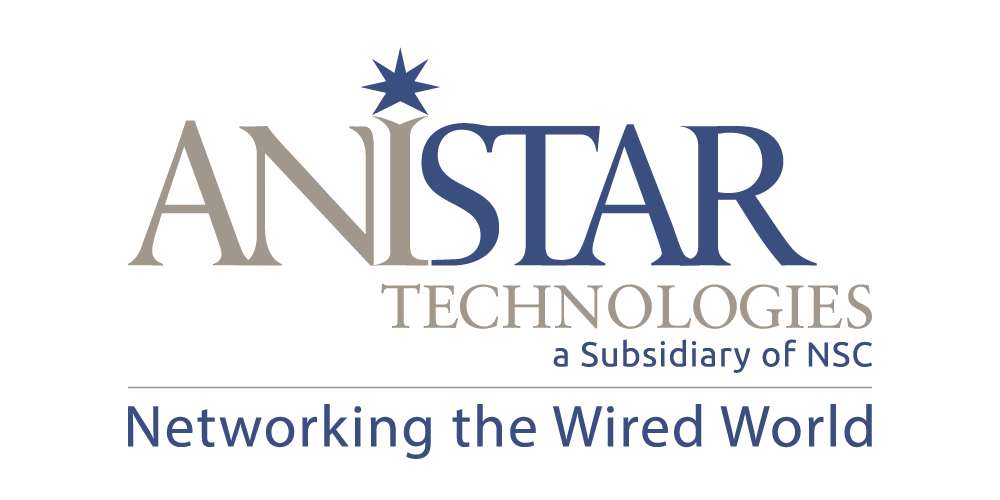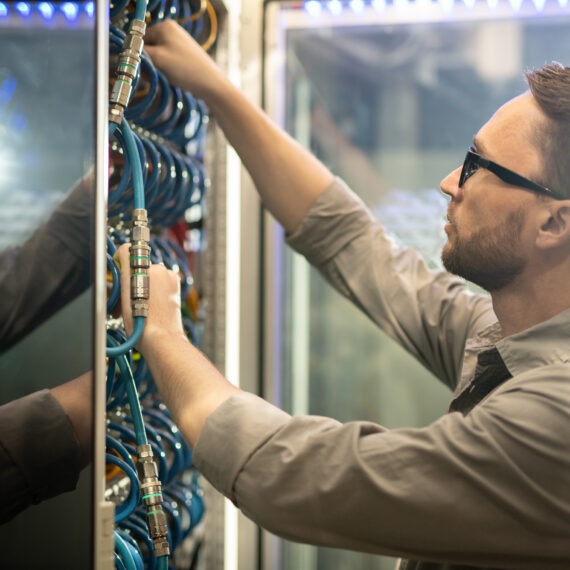Companies throughout the country are going through digital transformations. These transformations mean data storage and data processing are becoming even more in demand. The roles of experts with data center operations jobs include determining what new systems and processes can be put in place to meet these increased data demands. Edge computing has become a major topic of discussion among these experts, as it allows data and services to be processed as close as possible to the end user. The result is faster speeds and less downtime. These trends indicate there will likely be more edge data centers developing in the very near future.
What’s Driving The Trend of Edge Computing?
The Internet of Things (IoT) has been a major driving force of edge computing. As a data center engineer looks at the statistics, consumers are rapidly increasing their use of mobile devices, streaming videos and virtual reality content and more. All of these require a significant amount of data, which is why edge computing is becoming more of the norm. Every data center technician knows the demand for data will increase before it slows down or even stabilizes, so proactive steps must be taken now to meet the future demands.
Problems Solved By Edge Computing
The main problems edge computing solves are speed and latency issues. However, edge computing can also solve many other needs business owners have. These solutions can include improved network security, asset tracking, the ability to connect every device in an organization, IoT processing, tailored software solutions, hybrid cloud connectivity and much more. When you work with a data center engineer to discuss your specific needs, they can help you determine whether it makes sense to adopt an edge computing model. And with the data center landscape shifting that way, it seems likely it will make sense for your company.
Edge Computing is Creating A Ripple Effect
As of now, edge computing is designed to be local and centralized. It will only continue evolving and potentially creating a ripple effect for businesses with its growth. Technology will continue advancing, which means the role of a data center engineer is to anticipate those advancements and plan for the demands. The infrastructure and flexibility of edge computing facilities will make adapting to these new technologies much simpler.
At Anistar Technologies, we want companies to feel comfortable and confident with their data center infrastructure now and in the future. We can connect you with a reputable data center technician to get a better understanding of your data demands and tailor solutions to ensure those needs are met. Edge computing is becoming more of the norm than the exception today, and experts believe the trend will continue. To learn more about edge computing or to speak with a data center engineer, feel free to reach out to us at any time.









